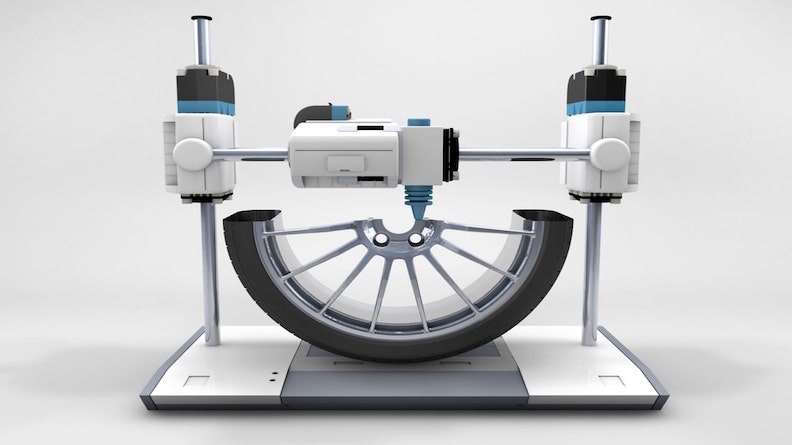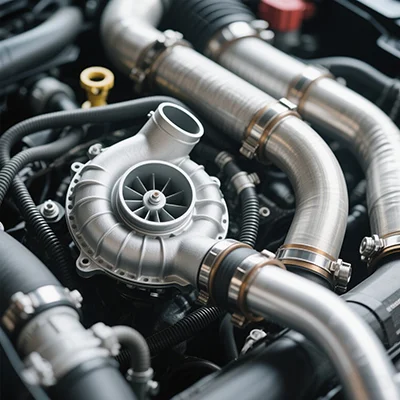Beyond 3D Printing: Exploring the Future of Additive Manufacturing

In recent years, 3D printing has gained significant attention and revolutionized various industries with its ability to create complex objects layer by layer. However, there are emerging technologies and advancements in additive manufacturing that offer even more exciting possibilities. In this article, we will explore what is better than 3D printing and delve into the future of additive manufacturing.
- Multi-Material Printing:
While 3D printing has allowed for the creation of intricate designs, it is primarily limited to using a single material at a time. However, the future of additive manufacturing lies in multi-material printing. Researchers and engineers are developing techniques that enable the simultaneous printing of multiple materials, such as metals, polymers, and ceramics. This advancement opens up a whole new realm of possibilities, allowing for the creation of functional and customizable objects with varying material properties. - Continuous Liquid Interface Production (CLIP):
CLIP is a groundbreaking technology that surpasses the limitations of traditional layer-by-layer 3D printing. It utilizes a combination of light and oxygen to create objects from a liquid resin bath. Unlike conventional 3D printing, CLIP allows for continuous printing, resulting in faster production times and smoother surface finishes. This technology has the potential to revolutionize industries such as automotive, aerospace, and healthcare, where speed and precision are crucial. - 4D Printing:
While 3D printing has already transformed manufacturing processes, 4D printing takes it a step further by introducing the element of time. 4D printing involves creating objects that can change their shape or properties over time in response to external stimuli, such as heat, moisture, or light. This technology has immense potential in fields like architecture, medicine, and robotics, where adaptive and self-assembling structures can be utilized for enhanced functionality and efficiency. - Bioprinting:
One of the most promising advancements in additive manufacturing is bioprinting, which involves the fabrication of living tissues and organs. While 3D printing has been used to create anatomical models and prosthetics, bioprinting takes it to a whole new level by utilizing bioinks composed of living cells. This technology has the potential to revolutionize the field of regenerative medicine, enabling the creation of patient-specific organs for transplantation and drug testing, ultimately saving lives and improving healthcare outcomes.
Conclusion:
While 3D printing has undoubtedly transformed industries and sparked innovation, the future of additive manufacturing holds even greater promise. From multi-material printing and CLIP technology to 4D printing and bioprinting, these advancements are pushing the boundaries of what is possible. As we continue to explore and develop these technologies, we can expect to witness remarkable breakthroughs that will shape the way we design, manufacture, and interact with objects in the years to come.
